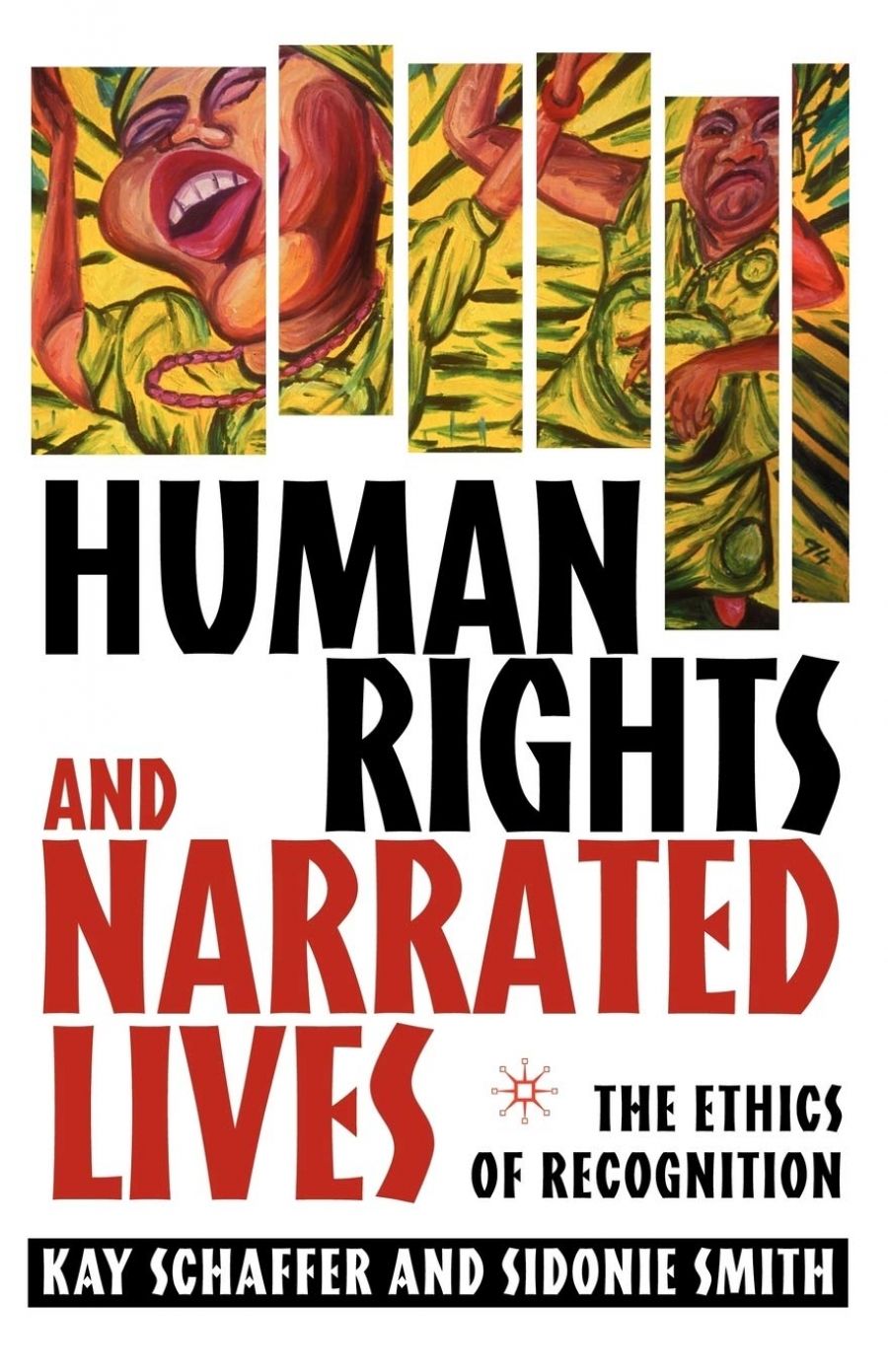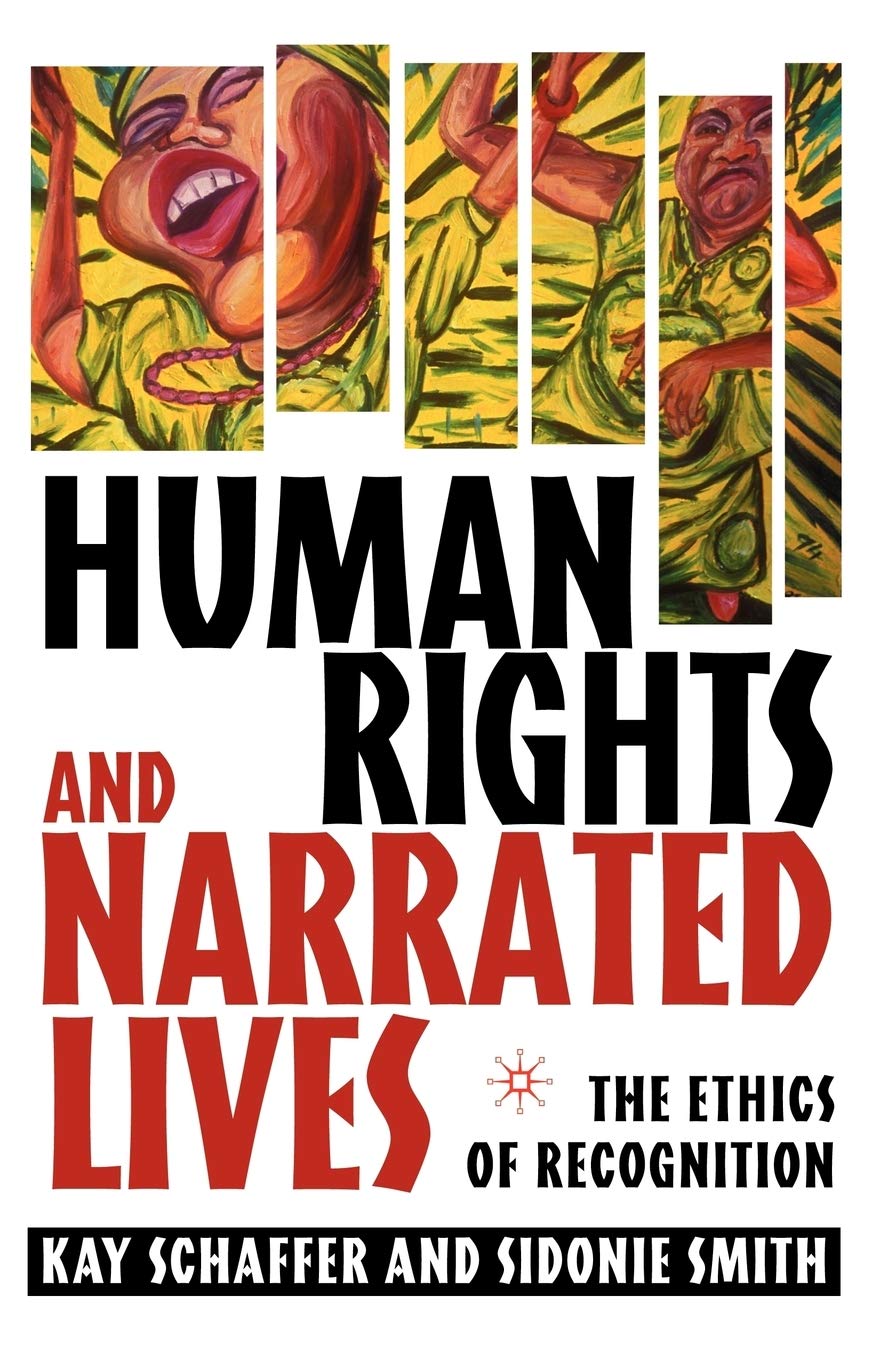
- Free Article: No
- Contents Category: Cultural Studies
- Custom Article Title: A fractured web
- Review Article: Yes
- Article Title: A fractured web
- Online Only: No
- Custom Highlight Text:
This book seeks to bring together two late-twentieth-century obsessions: the language of human rights as it emerged in the aftermath of World War II and the so-called boom in life writing. The most obvious sites at which life narratives and human rights come together are the various tribunals and inquiries that some nations have recently held into aspects of their troubled pasts, such as South Africa’s Truth and Reconciliation Commission and our own Human Rights and Equal Opportunity Commission inquiry into the removal of Aboriginal children from their families.
- Book 1 Title: Human Rights and Narrated Lives
- Book 1 Subtitle: The ethics of recognition
- Book 1 Biblio: Palgrave Macmillan, $52 pb, 303 pp
- Book 1 Cover Small (400 x 600):

- Book 1 Cover (800 x 1200):

Through the accumulation of examples, Schaffer and Smith demonstrate that there is no easy correspondence between the act of telling one’s own story and the liberation promised by international human rights conventions. By juxtaposing a series of markedly different cases, the authors can illustrate how that which worked in one context has failed in others. This helps to expose the vagaries of the global human rights industry and to highlight the fickleness of the audiences upon which the efficacy of stories largely depends. Some stories are heard, others not, but it is almost impossible to predict which ones will have the effect desired by both the narrators and the collectors of narratives. This makes the whole enterprise a risky business, in which the narrators are the most vulnerable. It is risky because, as Schaffer and Smith repeatedly remind us, there is nothing inherent in a story itself that guarantees it will produce the restoration and ‘recognition’ of human rights and dignity.
To bring some coherence to the impressively wide-ranging material, the five case studies are introduced by two contextualising chapters. One of these is largely descriptive, listing some of the key ‘venues’ for the collection and circulation of life stories in human rights campaigns, such as fact-finding missions, websites devoted to publicising human rights atrocities, and national inquiries and tribunals. The other is more substantial, tracking the ‘conjunction’ between life writing and the field of human rights as well as offering a broad historical overview of the growing prominence of the individual life story as the pre-eminent witness to social and historical injustices. The authors observe that the boom in life writing over the closing decades of the twentieth century – a trend that is not confined to the English-speaking world – has ‘taken place in the midst of global transformations, both cataclysmic and gradual’. Wars, genocides, decolonisation struggles, mass migrations and ‘the acceleration of change and fragmentation of contemporary life’ are ‘not so much a backdrop, but rather a fractured web of intersecting geographic, historical, and cultural contingencies out of which personal narratives have emerged and within which they are produced, received, and circulated’.
The approach adopted by the authors is an ambitious one, both in terms of scope and theoretical reach. By ‘conjunction’, they mean ‘the transformation of stories in the field of human rights as they connect with human rights platforms, discourses, and campaigns’. And with their interest in what happens to stories as they intersect with the language of human rights, the authors direct attention to the processes of production, circulation and reception. By carefully outlining the specific conditions in which the narratives under discussion emerge, they are attuned to the translations that are required to package narratives for explicit political purposes. For example, they raise the matter of the mismatch between the storytelling traditions of many groups of oppressed people and the expectations of Western liberalism in which the language of human rights has its own traditions, including its assumptions about ‘the life story’. Schaffer and Smith are most successful when they are interrogating specific published texts to plumb these contradictory forces. In so doing, they convincingly illustrate just how complex and uncertain the negotiations are between the lived experience and the narrative of that experience, and between the narrator and the imagined audience they hope to reach.
Yet while the approach is impressive, and is constantly rewarding, in the end it is unclear what it all amounts to. What conclusions can be drawn from the case studies, except to say how unpredictable the impulse and the demand to witness are? And although the authors were interested in exploring the ‘relationship between storytelling and human rights as they intersect across the domains of law and literature’, they did not say much about the nature of that relationship. Nonetheless, the book makes an important contribution to the ever-expanding literature on forms of individual and collective remembrance in pursuit of recognition, reconciliation and restitution, and will, one suspects, be widely used. This work will be especially valued for taking a global perspective rather than the conventional single-nation approach.


Comments powered by CComment